Frozen In Time: Removing An Ancient Whale From Limestone
Khashm el-Raqaba quarry
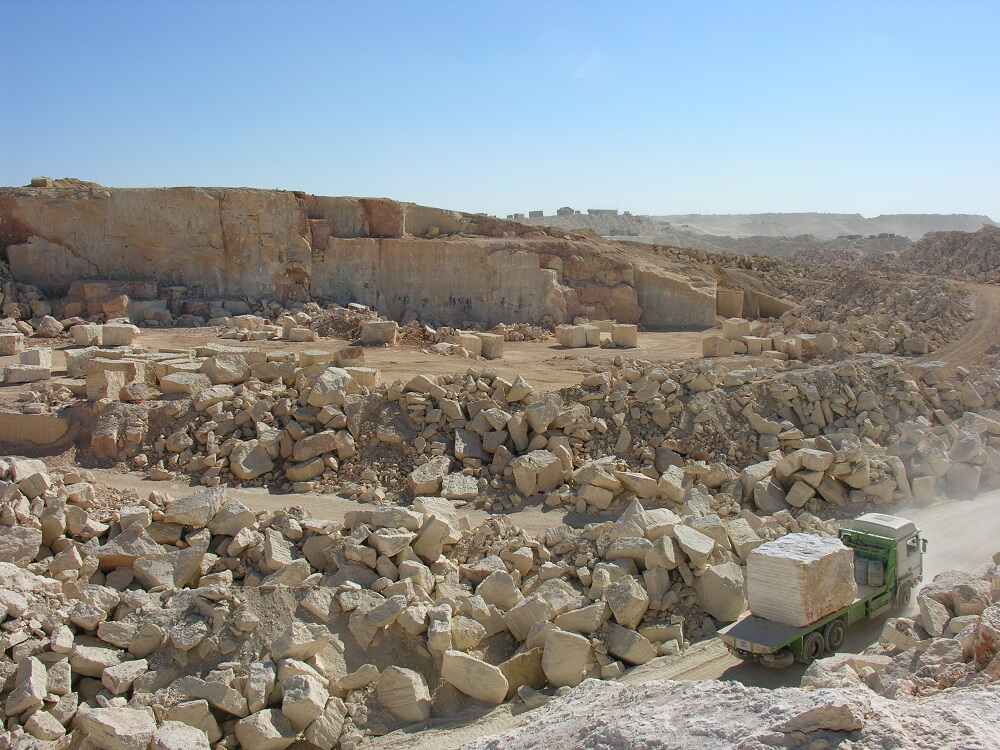
The Khashm el-Raqaba quarry, located on the northern flank of Wadi Tarfa, in Egypt, where the block containing the new fossilized species of whale was originally excavated.
Limestone plates in marble factory
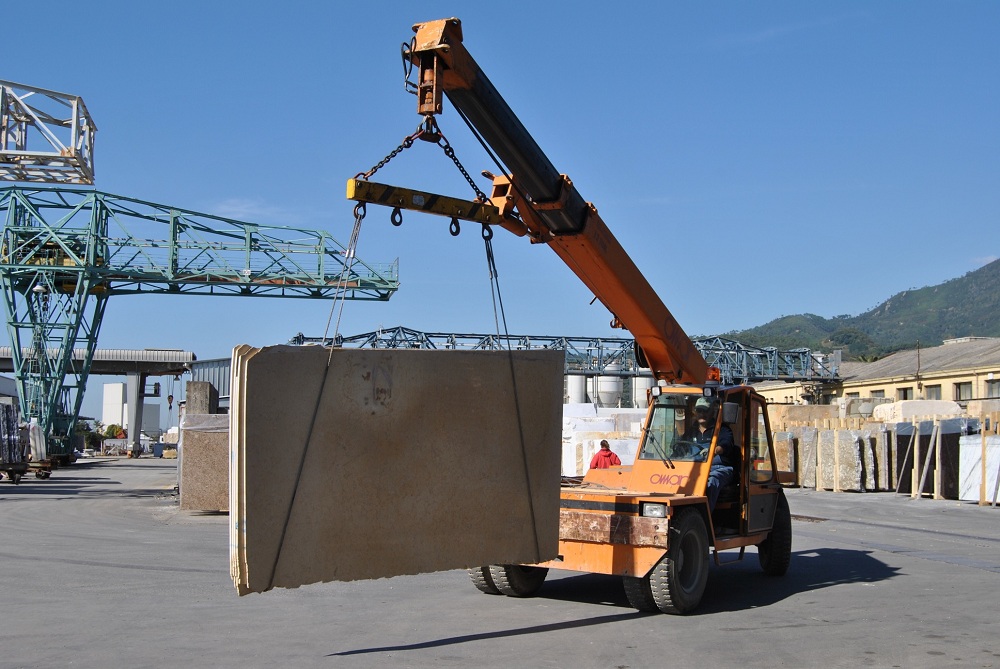
Limestone plates containing fossil bones in a marble factory of Italy. The limestone comes from a commercial rock quarry in Egypt, and is shipped around the world to become marble tiles and decorative facades.
Egyptian quarry location

Here is a map of Egypt showing the location of Wadi Tarfa and the Khashm el-Raqaba limestone quarry complex (star) where the new ancient whale fossil, Aegyptocetus tarfa, was found.
Arrival at the Natural History Museum of Pisa University
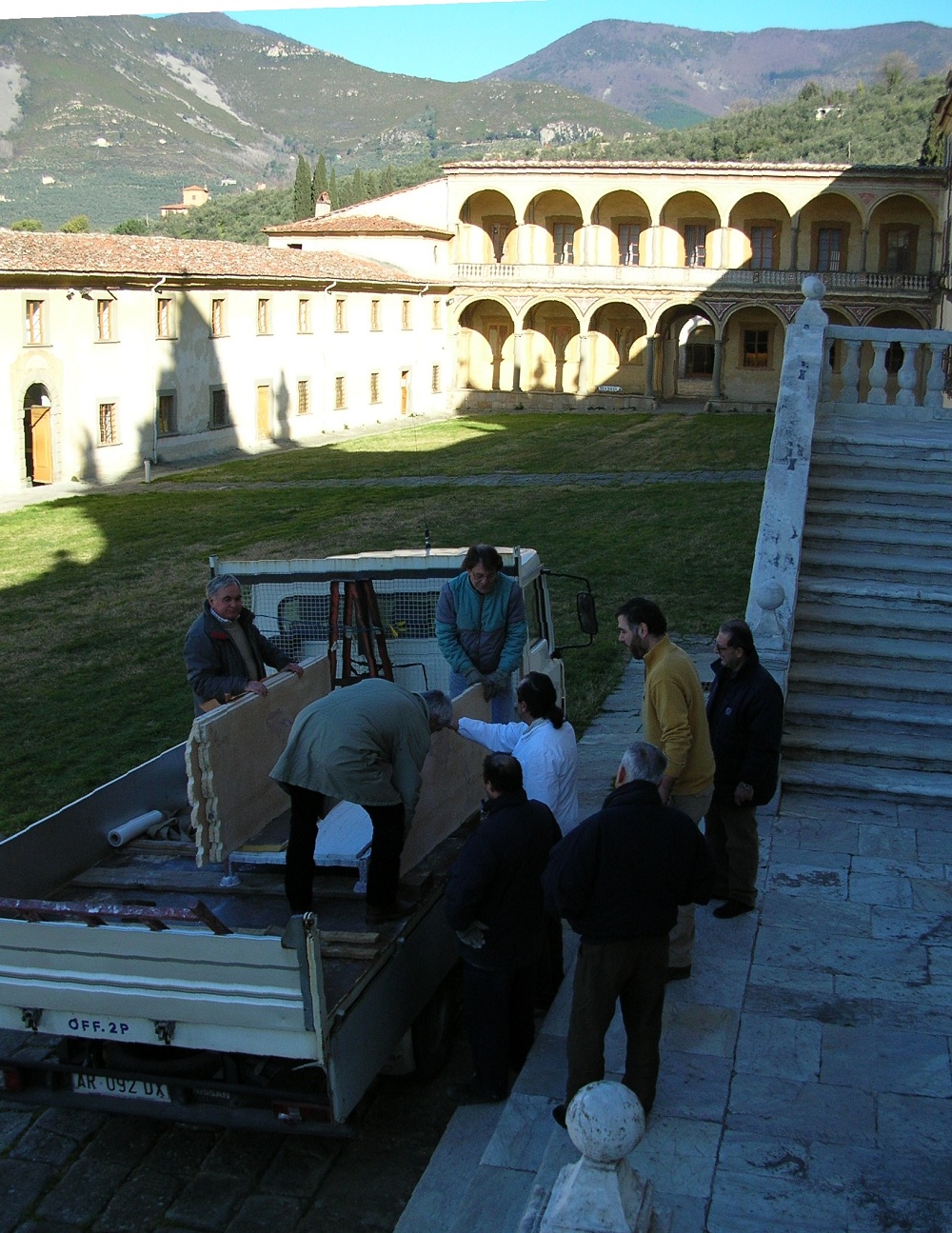
Arrival at the Natural History Museum of Pisa University, in Italy, of the six limestone plates containing the fossilized ancient whale skeleton before it was prepared and put on display.
Whale plates
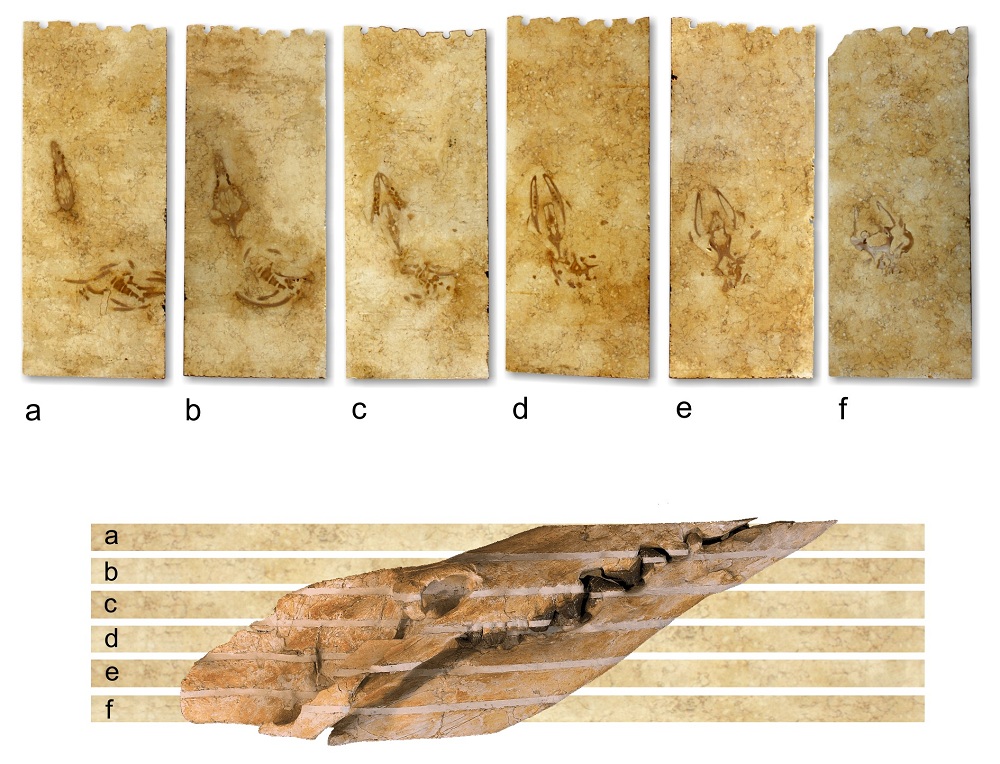
Top: the six limestone plates containing the Aegyptocetus tarfa skeleton before preparation. Plates are lettered "a" through "f" from top to bottom. Bottom: schematic shows the skull, as preserved, relative to bedding and relative to plate surfaces.
Ancient whale fossil
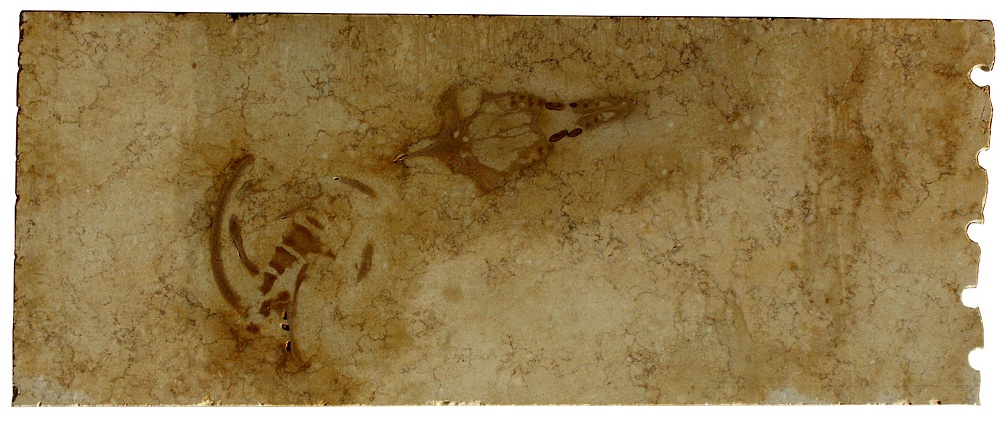
One of the six limestone plates containing the Aegyptocetus tarfa skeleton before preparation.
Ancient whale skull
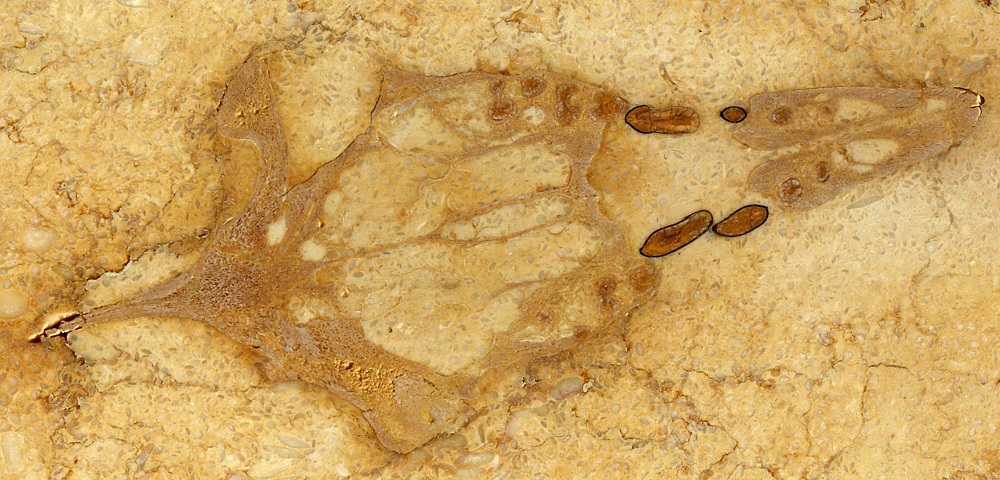
One of the six limestone plates containing theancient whale skeleton before each section was removed and recontructed into a three dimensional fossil. A cross-section of the skull is visible.
Get the world’s most fascinating discoveries delivered straight to your inbox.
Whale carcass
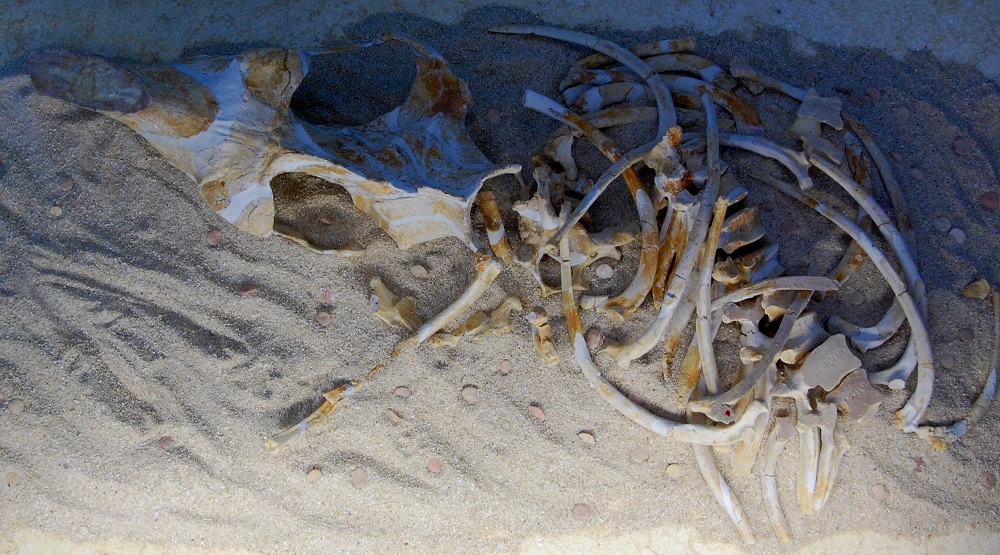
The ancient whale skeleton as exposed at the Natural History Museum of Pisa University (Italy). The bones are disposed in the original position on the sea floor before the burial.
Fossilized whale bones
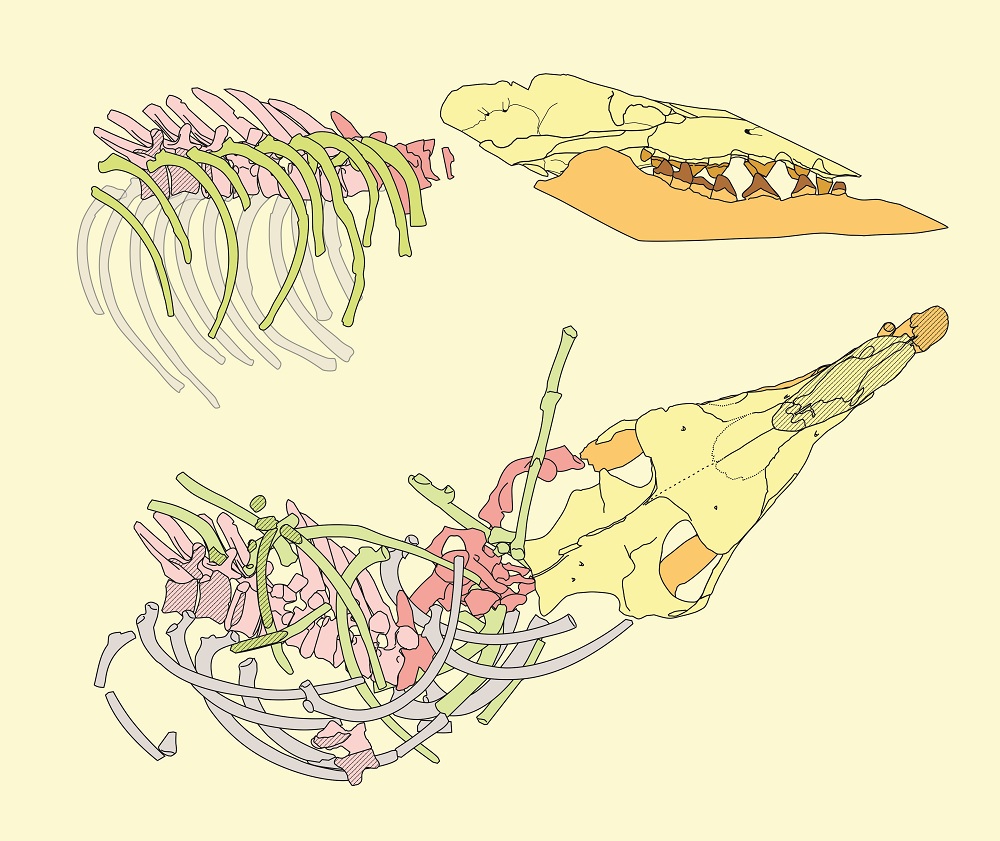
At the top of this image is how the ancient whale skeleton would have been positioned normally, below is how the skeleton was arranged when it was preserved in the limestone.
Ancient shark attack
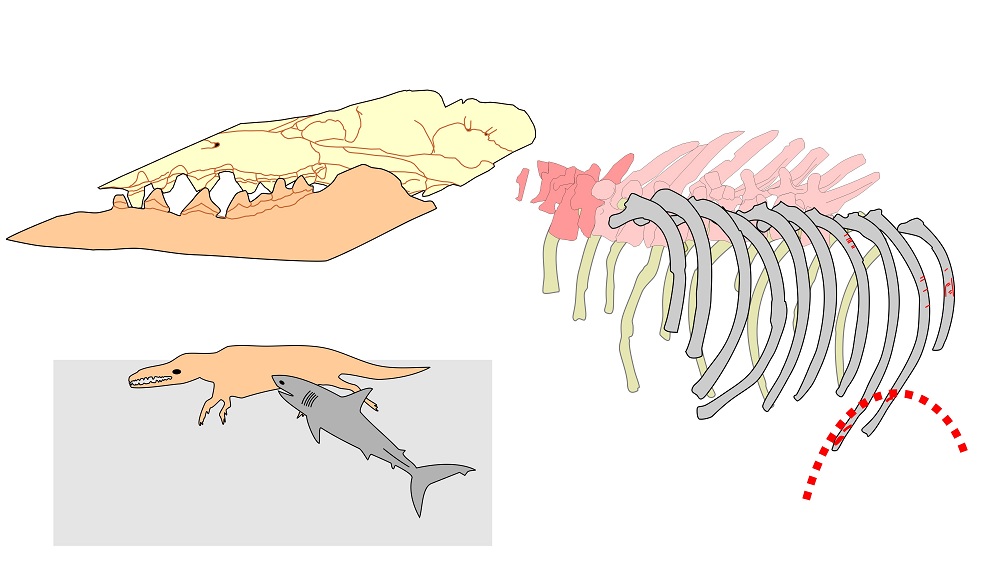
Assembly of the ancient whale skeleton, showing the position of large tooth marks on ribs (dotted red line) indicating an attack by a large shark.
Jennifer Welsh is a Connecticut-based science writer and editor and a regular contributor to Live Science. She also has several years of bench work in cancer research and anti-viral drug discovery under her belt. She has previously written for Science News, VerywellHealth, The Scientist, Discover Magazine, WIRED Science, and Business Insider.



